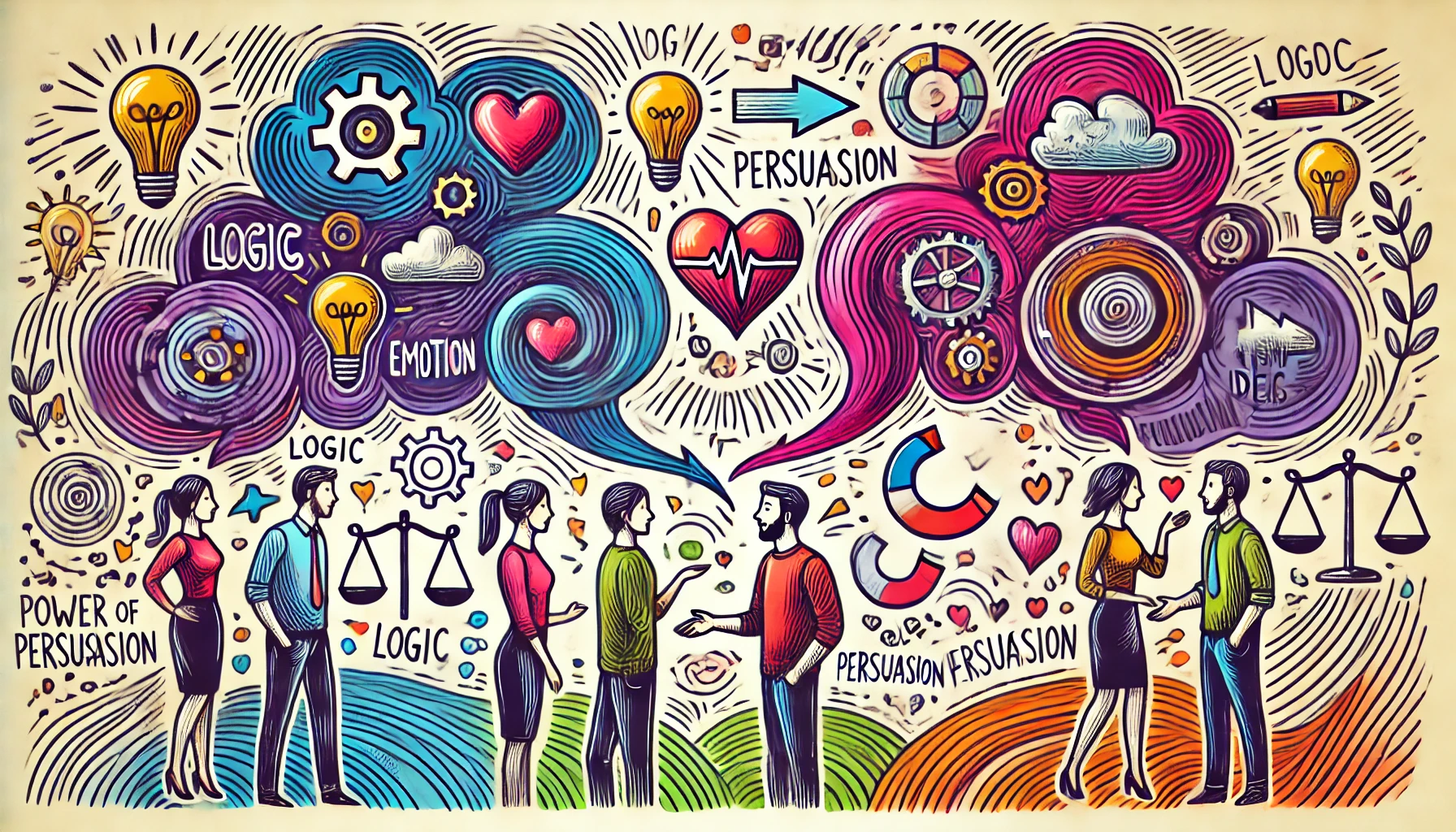Authority and credibility are two of the most influential factors in determining the effectiveness of persuasion. Whether in advertising, leadership, political discourse, or everyday conversations, individuals who are perceived as credible and authoritative tend to have greater persuasive power. This influence stems from a basic psychological tendency: people are more […]
How Media and News Shape Public Attitudes Through Persuasion
Media and news outlets play a pivotal role in shaping public attitudes through persuasive techniques, directly influencing how people perceive events, issues, and societal norms. In today’s information-rich world, the media has unprecedented power to inform, persuade, and sometimes manipulate public opinion. Whether through television, newspapers, social media, or online […]
Attitudes vs. Behavior: When Do They Align and When Don’t They?
Attitudes and behaviors are closely related, but they don’t always align. Attitudes represent an individual’s feelings, beliefs, or evaluations about a person, object, or situation, while behaviors refer to the actions taken in response to these attitudes. In many cases, people act in ways that reflect their attitudes, but there […]
The Foot-in-the-Door Technique: How Small Requests Lead to Bigger Changes
The foot-in-the-door technique is a powerful persuasion strategy that relies on the idea that agreeing to a small request increases the likelihood of compliance with a larger, related request. This technique works by gradually leading individuals from minor commitments to more significant actions, leveraging the principle of consistency. Once someone […]
How to Resist Persuasion and Maintain Your Beliefs
Persuasion is a powerful tool used in everyday life to influence decisions, shape beliefs, and guide actions. While persuasion is often used ethically, it can sometimes lead to unintended or undesirable changes in attitudes or behaviors. Advertisers, political campaigns, and even well-meaning friends or family members may attempt to sway […]
The Role of Emotions in Persuading People and Changing Attitudes
Emotions play a powerful role in persuading people and changing their attitudes. While logic and reasoning are essential in many forms of communication, emotional appeal often has a more immediate and lasting effect. Emotions such as happiness, fear, sadness, anger, or excitement can shape how individuals perceive messages, process information, […]
Attitude Change: How Social Influence Can Shift Beliefs
Attitudes are central to how we perceive the world and make decisions, shaping our thoughts, behaviors, and relationships. While individual experiences and personality traits significantly influence our attitudes, social influence plays a crucial role in shaping and shifting our beliefs. From peer pressure to media messaging, the attitudes we hold […]
How to Use the Power of Persuasion in Everyday Conversations
Persuasion is a key skill in everyday conversations, allowing us to influence others’ thoughts, decisions, and actions. Whether negotiating at work, discussing with friends, or making requests in personal relationships, knowing how to use persuasion effectively can improve communication and help achieve desired outcomes. However, persuasion is not about manipulation; […]
The Elaboration Likelihood Model: Understanding How Persuasion Works
Persuasion is an essential part of human communication, influencing how we think, behave, and make decisions. One of the most widely accepted theories explaining how persuasion works is the Elaboration Likelihood Model (ELM). Developed by psychologists Richard E. Petty and John Cacioppo in the 1980s, the ELM provides a framework […]
How Advertising Uses Persuasion to Shape Consumer Behavior
Advertising is one of the most influential tools in shaping consumer behavior, using various persuasion techniques to influence purchasing decisions, brand loyalty, and even lifestyle choices. In today’s media-saturated world, advertisers carefully craft messages designed to appeal to emotions, intellect, and social instincts. From subtle nudges to direct calls to […]










